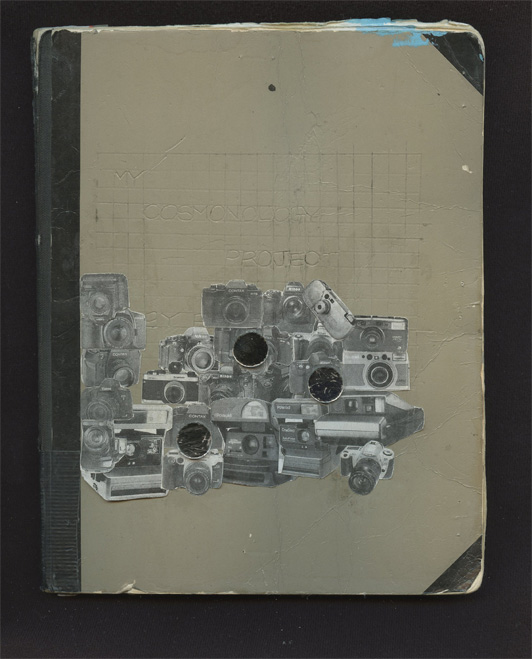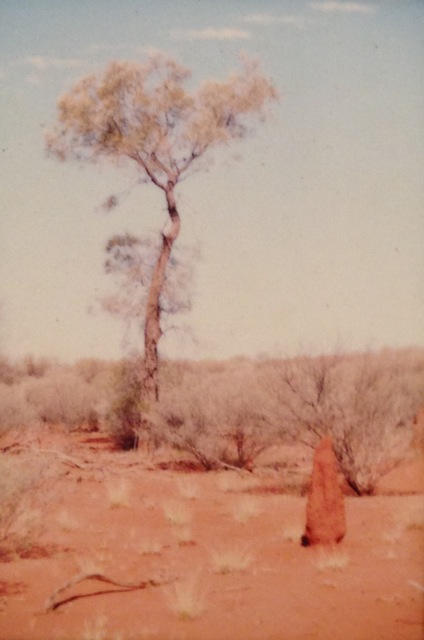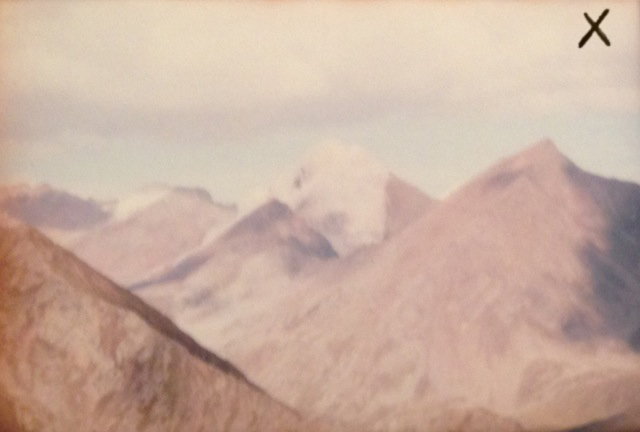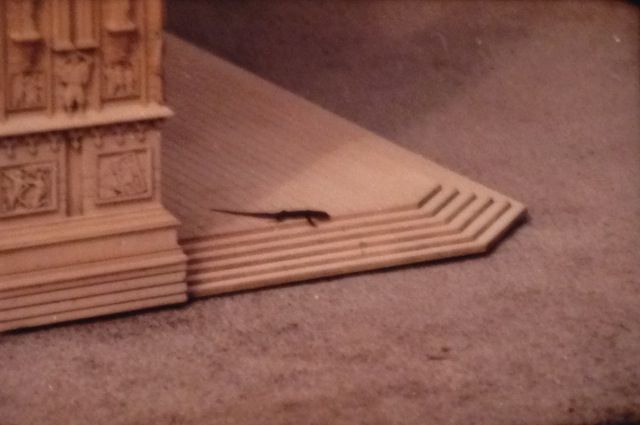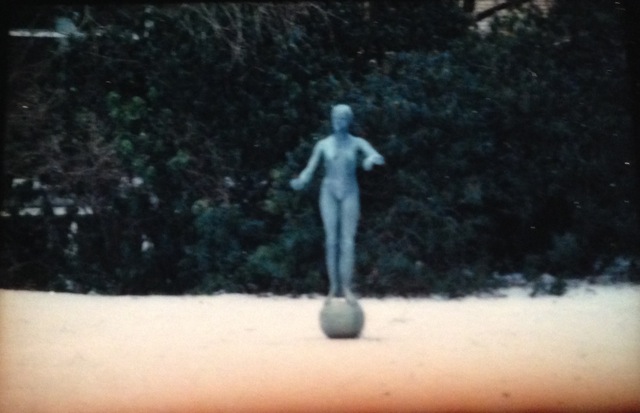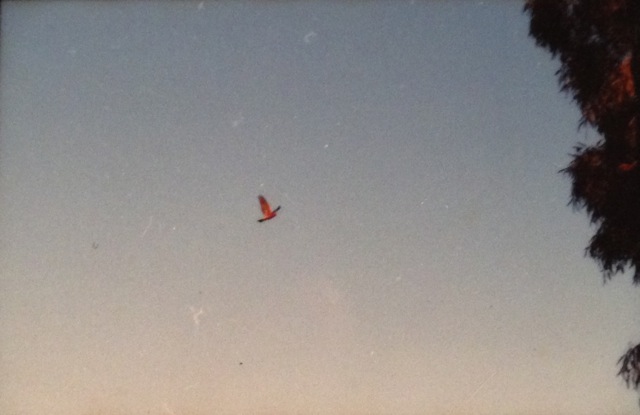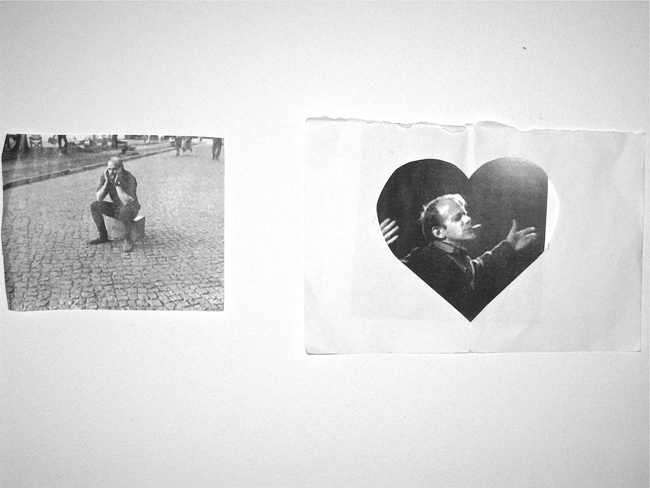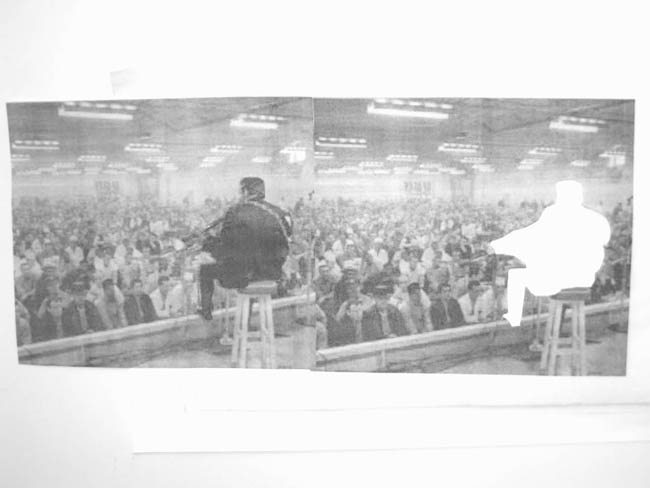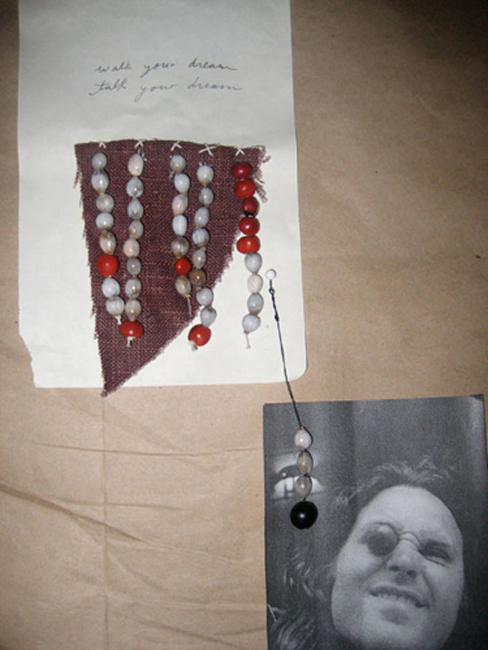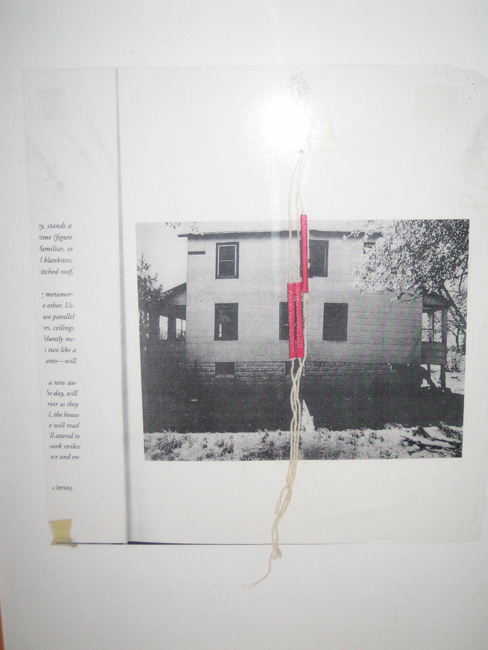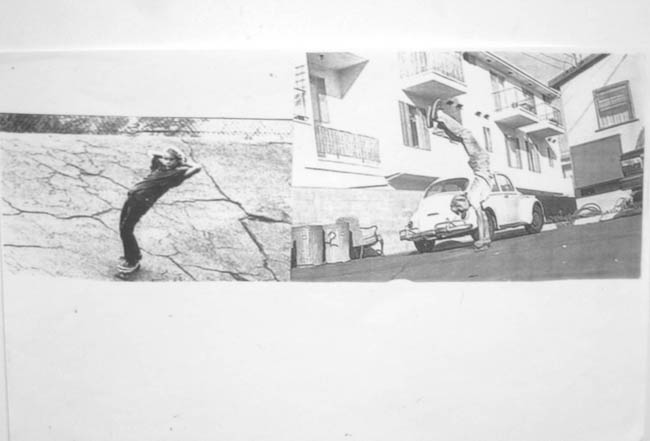— The first item I rented at Kim’s Video on St. Marks Place was a bootleg of Johnny Depp’s unreleased directorial debut The Brave. Skipping over the excitement of finding something ‘unavailable’ and proceeding based on a presumed shared knowledge of how joyous that can feel, what mattered then wasn’t that movie, which is a curiosity at best, but my new relationship with an establishment and business which I knew would become increasingly important to me as long as I still had access to it.
My earliest memories of Kim’s all take place in winter for some reason. Vivid recollections of leaving class at NYU in the snow, going to the store around mid day, finding it mostly empty and having plenty of space and quiet to browse come into focus when I remember the cardboard laid down at the entry way to prevent the two flights of stairs leading up to the rental floor to become slippery and hazardous. I lived a few blocks away and would take advantage of the dollar-and-a-quarter ‘same day’ rental, knowing I’d be back before closing and able to bring home something else at that time.
I worked a part time job at NYU around this time and got paid every Friday. The wages were fair and I worked enough hours that every Friday I could justify going straight to Kim’s to purchase a weekly Criterion Collection DVD with twenty-six of my newly earned dollars. This task was taken more seriously than the work I did to earn the money and when I won the Oscar pool at said job and came into possession of nearly ninety dollars, a shopping spree couldn’t occur quickly enough. I divided my love equally between the video sales and rental floors, generally spending a bit of time and money on both. I was nineteen, had exactly three friends and a very specific view of what to do with your free time during college.
The final mystery was how to get back there, behind the counter. It may be apocryphal but the only person I recall asking this question to with any regularity was Sean Williams, who has gone on to be my cinematographer on every movie I have made. Memory serves that this more or less yielded the indented result immediately but in fact I wouldn’t be surprised if I kept at it for excess of five months.
My first day on the job was a weekday and nobody could figure out how to make a login for me to use the computer so I was not allowed to. A story of me telling an extant employee where certain videos belonged within two hours of my first day got retold a few times over the years, though I didn’t actually remember it myself. My second day was a Saturday and since the person whose job this actually was called in sick, I had to sit with the store’s owner Mr. Kim and a cinematographer he had hired to shoot his upcoming film while they read the script and I took dictation to assist with creating a shot list.
The cinematographer wore a baseball cap and answered my question of what format the film would be shot on by saying “35 Milliliter” which had the probably unintended effect of me distaining him instantly. I was asked to do this job ‘for a few hours’ but was kept there for five until Kim and the baseball cap wearing cinematographer decided it was time for lunch and told me to go back down to the floor and work until they were ready for me again. No mention was made of what I was to eat or when, though my excitement at being behind the counter of my favorite store to hang out in on a busy Saturday in February meant I had no appetite anyway. They were both very fascinated by a t-shirt I was wearing with the image of an eyeball on it that I had purchased at a recent Dali exhibition at the Philadelphia Museum of Art. It is 2005 and I am twenty years old.
That summer was the first since starting college that I didn’t ‘go home,’ that is return to where I grew up. Moving to an apartment on 11th Street and no longer having to deal with the inconvenience of going to school three days a week allowed me to work full time and see a double feature of repertory films before or after my shift, depending on the day. I’d never been happier. It was during this summer that my shifts with an assistant manager named Steven slowly developed into a more educational and important relationship than with any of my instructors at NYU. Steven grew up in New Jersey and had been around cinema culture in New York for some time, and was able to show me two films a night at work, often encouraging me to let him handle customers while I paid close attention, before sending me home with supplemental viewing. These were always ‘cult’ films, often released by the company Something Weird Video and were precisely the sort of things you need somebody else to show you in order to grasp their cultural and historical significance.
We closed together almost every night, meaning that from about 9pm to midnight on an average weekday there wasn’t much to do besides be quiet and learn. (He was a good friend and one of the most disheartening experiences I had at the store came two years later, by which time I had risen to the rank manager and I was instructed by our superiors to fire him since they didn’t want to tell this eight-years-running employee themselves that an injury he had sustained was causing him to miss too much work and he was a liability. That edict was the beginning of the end for me, and a proper representation that the carefree times of being the lowest guy on the totem pole were far behind me.)
By September of 2005 I was a full time assistant manager and also a full time student, though I had arranged my course load so that I only had class Tuesday and Wednesday and could work at Kim’s five days a week. That holiday season I volunteered to work both Christmas Eve and Christmas Day, alone; one of my best memories is sitting on the counter eating food I had delivered to me while watching Jim McBride’s Breathless on Christmas while being paid double wage.
When my boss left I, at the age of twenty-one, was deemed the most responsible and trusted replacement mostly because nobody else could be counted on to arrive at or by 9:30am every day of the week. Here began the process of learning about the unfortunate distrust and mistreatment he had been sheltering us all from. I had never known how much scrutiny Chuck had been shrugging off when upper management would, for example, notice that there are less sales during the six to midnight shift and therefore whomever worked that shift is obviously clearly stealing because why else would this be.
It wasn’t so much fun all of a sudden, but so long as my employees enjoyed their shifts and were protected from this I felt that I was doing my job. And I took it seriously. When college graduation came around in June 2006 and my then-girlfriend asked when I would get ‘a real job’ and I told her that she must be mistaken because as she knew I had a real job and I went there every day of the week and one of those days went home with a bunch of money, she failed to understand what I was talking about. We broke up that September and I hope she feels great about the choices she made with regards to employment at that time, because I sure do.
I loved the intricacies of managing the store and in 2007 successfully got the vinyl records moved where they belonged, down on the music floor, allowing more room for videos. The store was somehow at once both chaotic and orderly; a messy kid’s room where they can tell you exactly where the baseball mitt is, under the coat on the floor behind the pile of magazines. As my third year there began friends who has been there since the beginning of my employment were mostly gone, fired or quit in protest of others being fired. I tried my best to replace them with good people with whom a six or so hour shift was something to look forward to; my promotion to manager blissfully resulted in the immediate resignation of a real wet blanket named Joe, a suspiciously quiet and introverted weirdo who responded to questions like ‘where did you go on your lunch break’ by saying ‘why are you asking me this?’
It was unspeakably sad when the long rumored news that the store would be shuttering and moving to a smaller location became fact and it was then that I decided to leave. I don’t want to be there to watch my loved ones slowly perish. I’d rather remember them as they were. Plus under the new structure I was to be demoted under the manager of another floor who was a huge piece of shit, which didn’t sit well with me. I had earned the respect and friendship of several employees who wanted to jump ship from his floor to my own by offering them asylum.
The closure ended up happening nearly a year behind schedule, so I was still able to stop by and see how the old place was coming along and also use the incredibly cold private bathroom should I be in the neighborhood and in need of a toilet. When it finally closed there was an unremarkable party with a catered table of sandwiches that recalled the pizza the management ordered for us the night the store was raided by the cops for selling music bootlegs and four of our co-workers were thrown in jail. It was always suspicious when they bought food for us, like I imagine a child would feel when parents get them their favorite food right before explaining that this isn’t their fault and no matter what, they will always be loved and things are just going to be a little different now.
The new location was still something, but to me it never felt quite right. Like one of those Twilight Zones where another species tries to replicate something about humanity and it looks pretty good but none of the ineffable details have been figured out. It was a nice place to kill time and catch up with whoever still worked there. I was there for about an hour doing just that the day before it was announced that, after five years, it too would be closing.
It’s a rotten world we live in; I’m not the first one to point that out, but really this sort of thing just sucks the life out of a city. St. Marks between Astor Place and 2nd Avenue was a block where I spent more time for three years than wherever I lived at the time. Walking out of the store during a closing shift on a Saturday night and seeing the throngs of people, many of whom would stop by to browse had a fantastic energy and when I walk around there now I never fail to be depressed by whatever it’s been replaced by. When somebody would come in to sell used DVDs and I couldn’t buy them, I recommended three or four other places nearby that they might try. I suppose those places are all gone as well now.
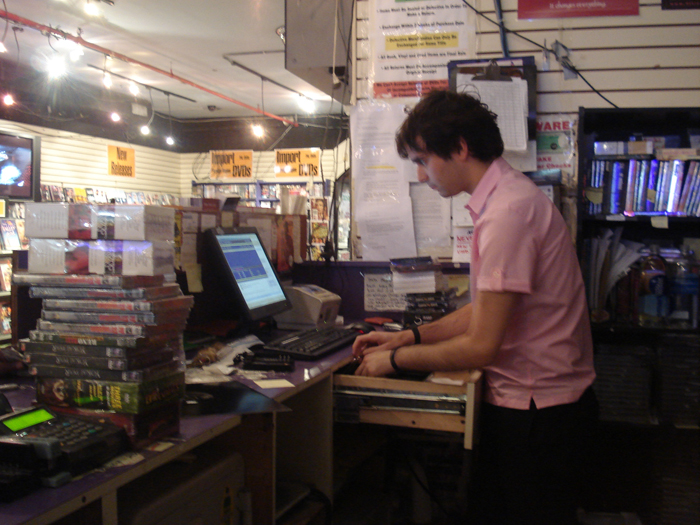
—
Alex Ross Perry was born in Bryn Mawr, Pennsylvania in 1984. He lives in Brooklyn, New York. He made his feature debut with IMPOLEX in 2009. THE COLOR WHEEL, his second film, was released in 2012 and nominated for an Independent Spirit Award. His third film, LISTEN UP PHILIP, premiered at this year’s Sundance Film Festival.

